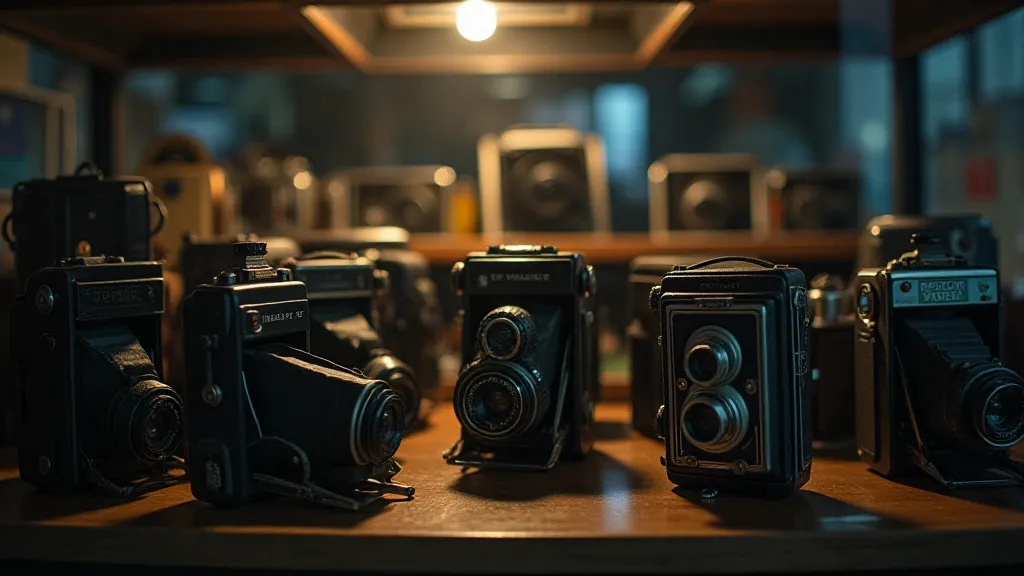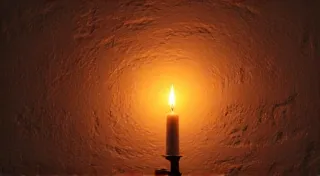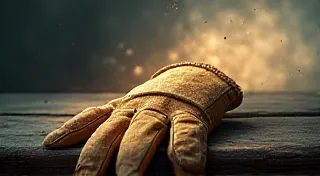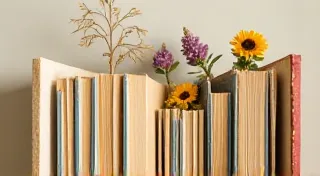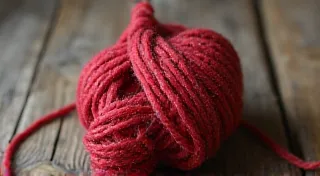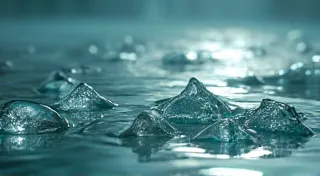A Cabinet of Curiosities: Unearthing the Rarest and Most Peculiar Antique Cameras
The scent of aged leather, the quiet click of a shutter frozen in time – these are the sensations that draw so many of us to the world of antique cameras. It’s more than just collecting machines; it's collecting history, artistry, and a tangible link to the pioneers of photography. While the names like Kodak and Leica often dominate discussions, a deeper exploration reveals a treasure trove of eccentric, innovative, and downright peculiar camera models, each with a story to tell. This isn't about the best or most valuable cameras; it’s about the most intriguing – the ones that whisper of forgotten dreams and audacious experiments. Welcome to my cabinet of curiosities, a journey through the obscure corners of photographic history.
My own fascination began with a battered Nettar box camera found in my grandfather’s attic. It wasn’t glamorous, it wasn’t particularly valuable, but it felt…present. Holding it, I could almost feel the hands that had once gripped it, the scenes it had captured. That single camera unlocked a passion, a desire to understand not just how these machines worked, but *why* they were made. And it's that 'why' that truly reveals the beauty and ingenuity behind so many forgotten models.
The Eastman Panoram: A Glimpse into Early Panoramic Dreams
Early photography was obsessed with scale. Portraits were formal and imposing; landscapes demanded grand perspectives. The Eastman Panoram, produced by Eastman Kodak in the late 1890s, was an attempt to capitalize on that desire. Unlike modern panoramic cameras which rely on complex rotating lenses, the Panoram utilized a unique, manually-operated system. It involved a revolving back with a half-circular glass plate. The photographer would take a series of overlapping exposures, rotating the back slightly after each click, to create a full panoramic image.
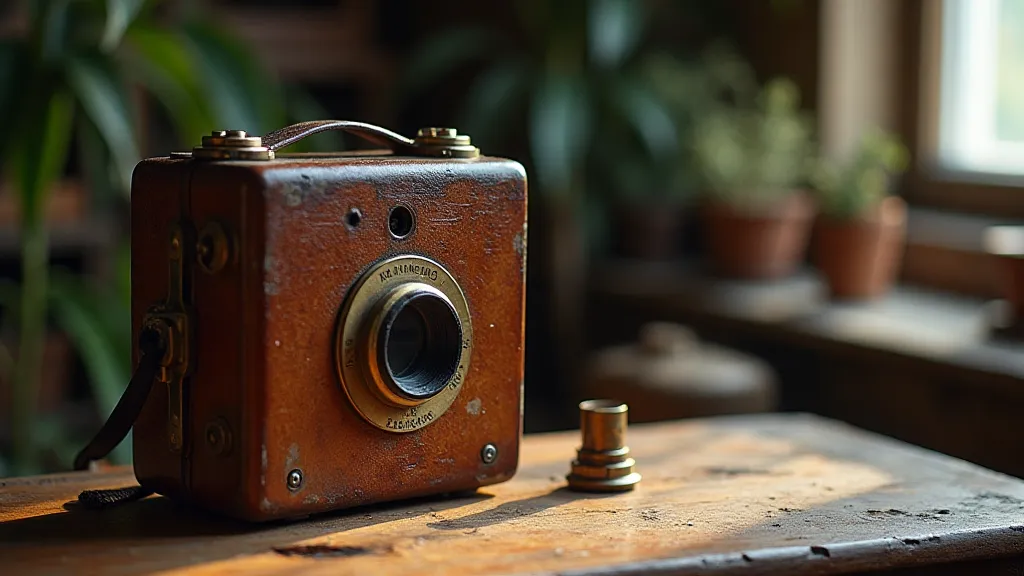
The process was cumbersome and the results often imperfect, leading to its relatively short production run. Yet, the ambition is undeniable. It’s a testament to the constant pursuit of capturing ever wider vistas. The surviving examples are rare and prized not for the stunning images they produce (often more of a quirky novelty), but for the story they tell of early experimentation.
The Thornton-Pickard Aerial Secrëta: Innovation in Aerial Photography
The early 1900s saw a burgeoning interest in flight, and unsurprisingly, the desire to photograph from above quickly followed. The Thornton-Pickard Aerial Secrëta was specifically designed for this purpose. What makes it truly remarkable is its compact size and ingenious shutter mechanism. Many aerial cameras of the time were large, complex, and required significant ground support. The Secrëta, however, was designed to be small enough to be mounted on an aircraft, albeit one of the more rudimentary types.
The "Secrëta" name itself is an interesting detail - a playful nod to the camera's ability to capture clandestine views. The camera used a twin-lens reflex system, allowing for framing and focus without direct visual confirmation (critical when bouncing along in a wobbly biplane!). It employed a focal plane shutter, a significant innovation at the time, allowing for sharper images even with the inherent vibrations of early aviation.
The Kodak Brownie Flex: A Family Affair with a Unique Twist
The Kodak Brownie series democratized photography in the early 1900s. Suddenly, anyone could take pictures. But even within that iconic line, some models stood out. The Brownie Flex, produced in the 1930s, was one such oddity. It’s a folder camera – meaning it folds up for portability – but instead of the typical boxy shape, it features a surprisingly elegant, almost art deco design.
The innovation wasn’t the folding design itself, but the lens system. The Brownie Flex incorporated a coupled rangefinder, something uncommon in budget cameras of the era. This meant focusing was much easier and more accurate. But here’s the twist: the rangefinder window was positioned *above* the lens, a quirky and unconventional design choice that made it look perpetually surprised. The resulting images, while often soft by modern standards, possess a distinctive charm, reflecting the camera’s unique personality.
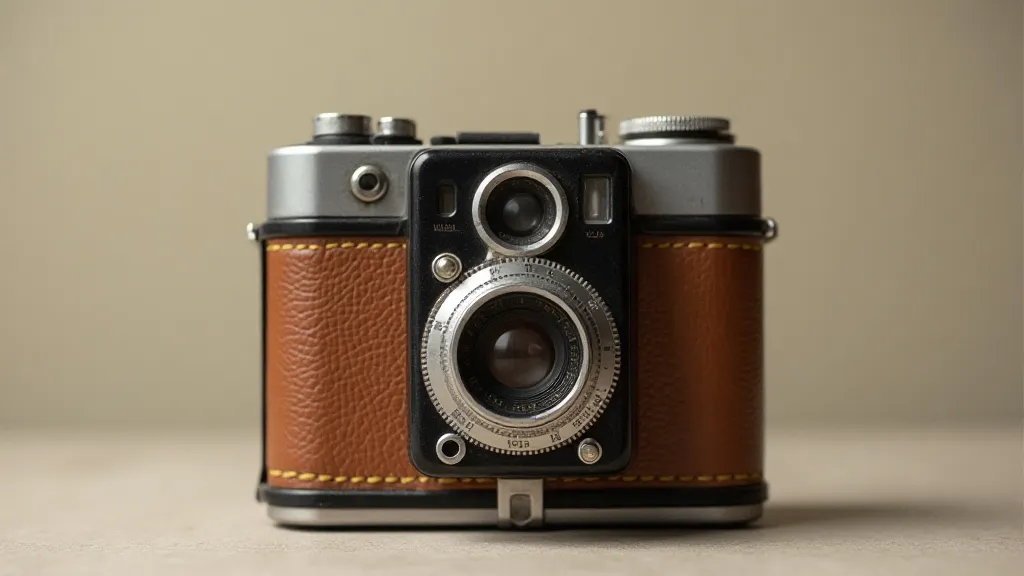
Restoration & Collecting: Preserving Photographic History
Collecting antique cameras isn’t just about accumulating objects; it’s about preserving a tangible piece of history. Many of these cameras have been neglected, abused, or simply forgotten for decades. Restoration can be a rewarding process, but it's crucial to approach it with respect and caution. Originality is paramount. Replacing parts with modern equivalents diminishes the camera’s historical value. Cleaning should be gentle; aggressive solvents can damage delicate materials.
More often than not, a well-preserved, albeit slightly worn, example is more desirable than a heavily restored one. The signs of age—the scuffs, the worn leather, the slightly faded paint—tell a story. They’re evidence of a life lived, images captured, memories preserved. These cameras are more than just pieces of metal and glass; they are vessels of history, each one a unique and irreplaceable treasure.
The Unsung Heroes of Photography
The cameras I've highlighted are just a few examples of the countless unusual and intriguing models that exist in the world of antique photography. There are countless others – the Goerz Reflecta, the Dallmer Plenar, the Balda Perfect – each with its own quirks and stories to tell. These aren’t the cameras that made history in the grandest sense; they are the unsung heroes of photographic innovation, the experimental prototypes, the quirky family heirlooms, the forgotten dreams.
My own collection continues to grow, and with each new acquisition, I’m reminded of the ingenuity, the artistry, and the sheer joy that drove the early pioneers of photography. It’s a journey of discovery, a constant exploration of the obscure corners of photographic history, and a profound appreciation for the machines that helped us capture the world around us. And perhaps, the most beautiful image a vintage camera can produce is the story it inspires.
